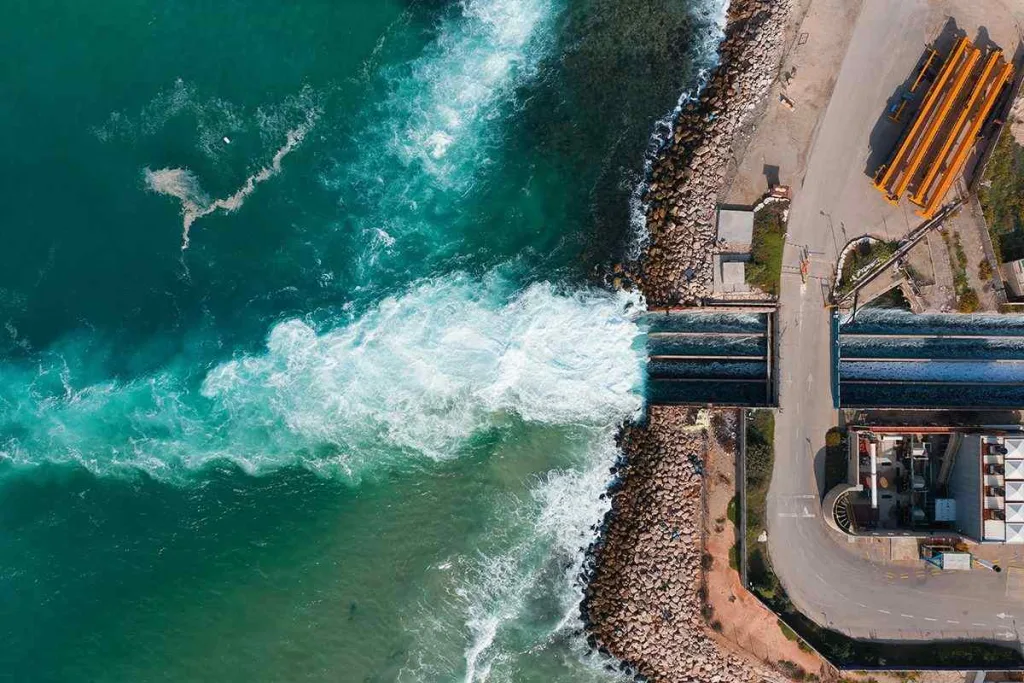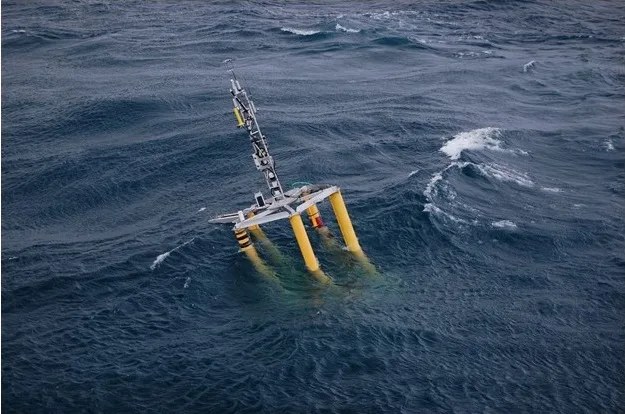Coupling Desalination with Novel mCDR Membranes
Why we care Large-scale marine carbon dioxide removal methods will require lots of infrastructure to move and process seawater, which could make them prohibitively expensive. This project examines a novel approach that leverages existing desalination infrastructure to minimize the cost of removing CO2 from seawater. This could make marine carbon dioxide removal a more cost-competitive […]
Coupling Desalination with Novel mCDR Membranes Read More »




